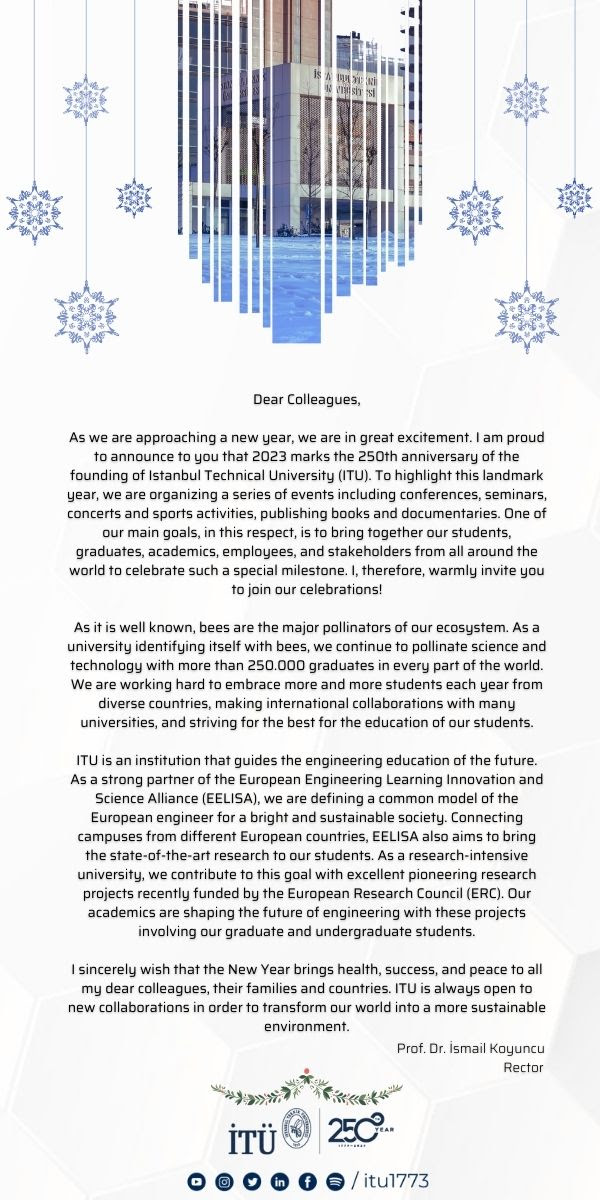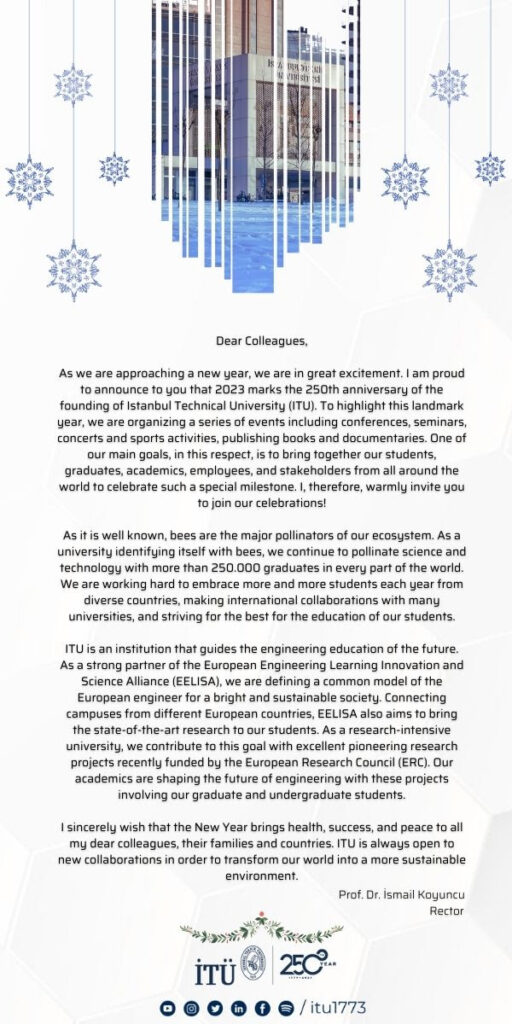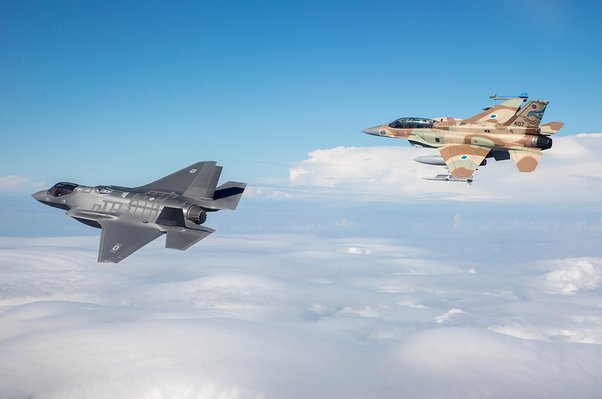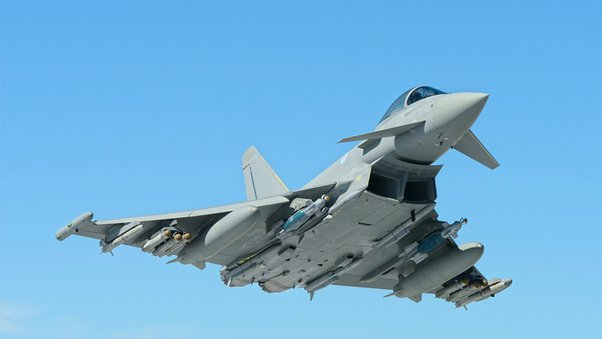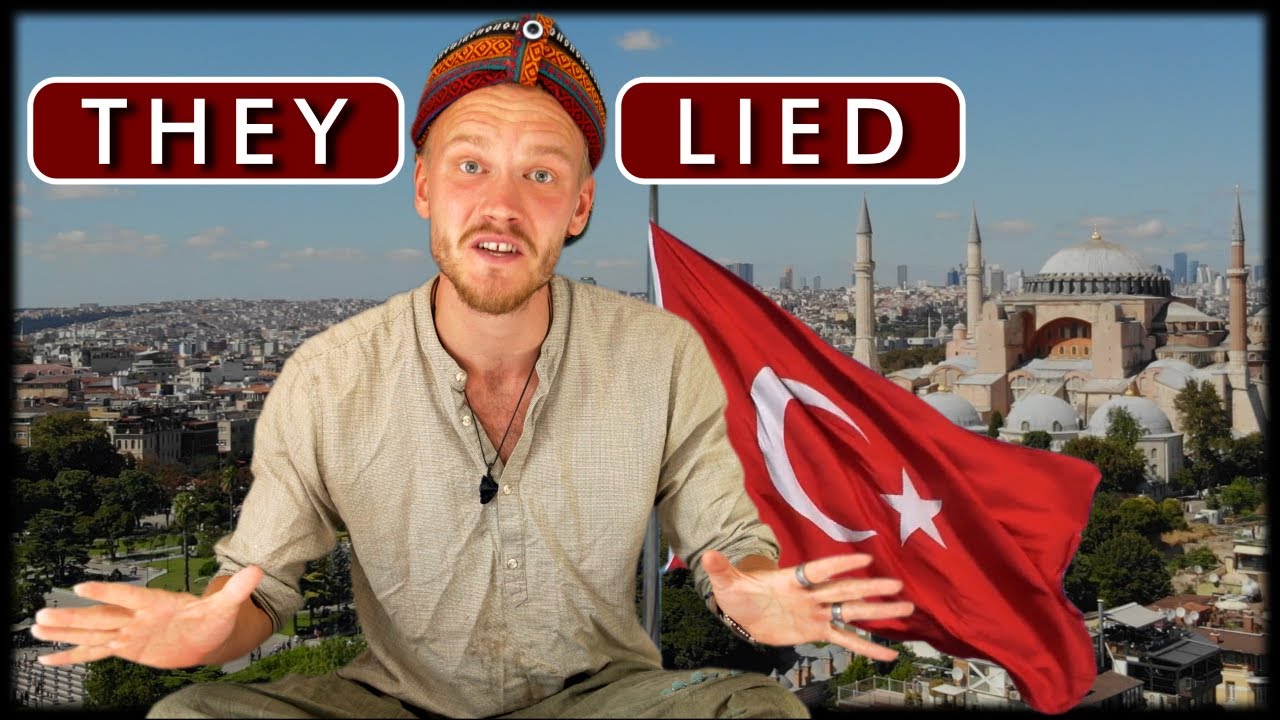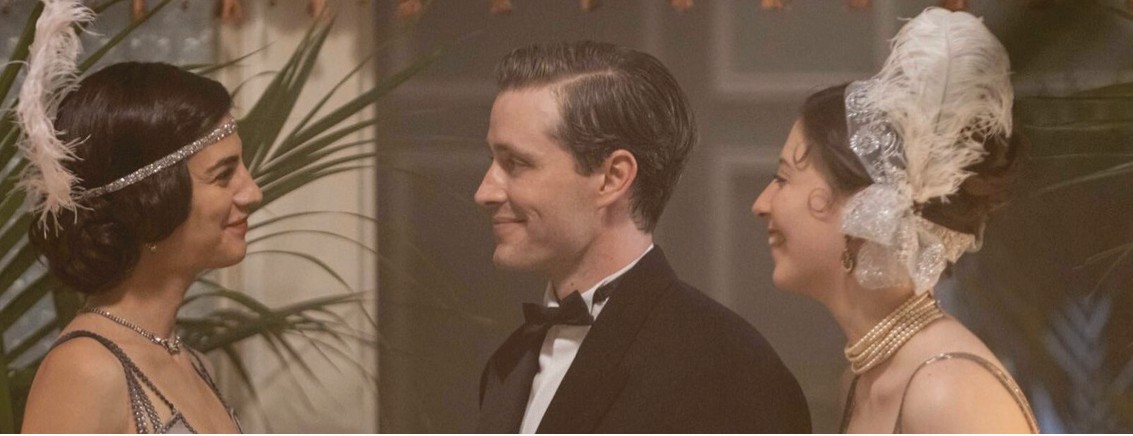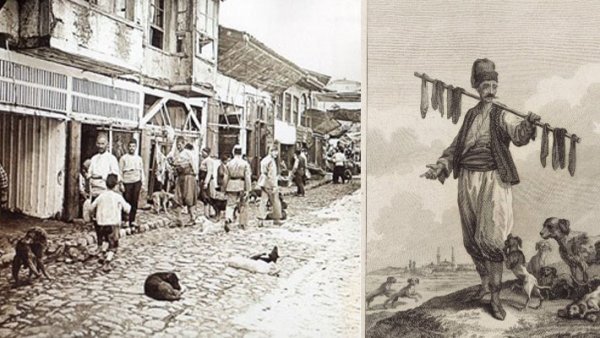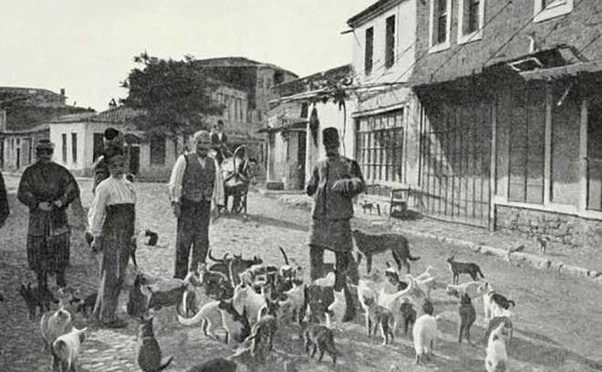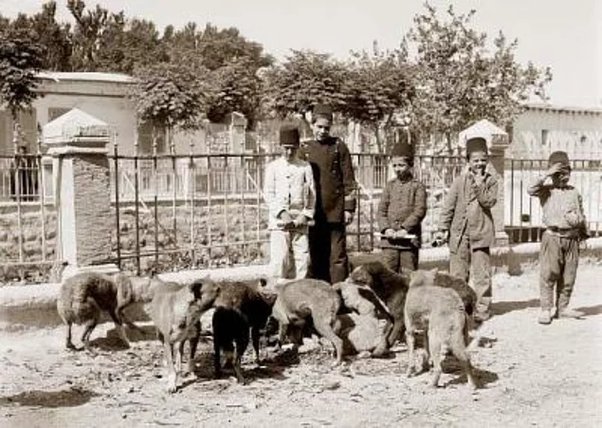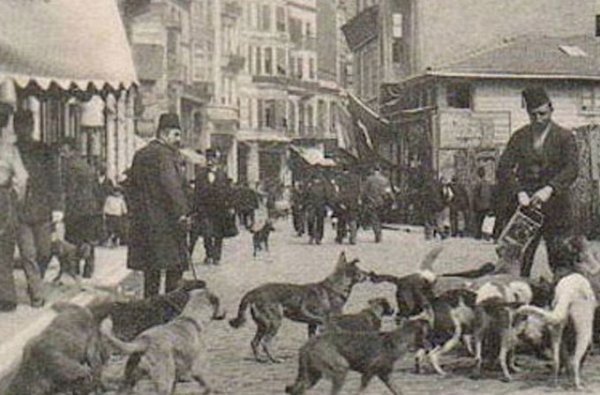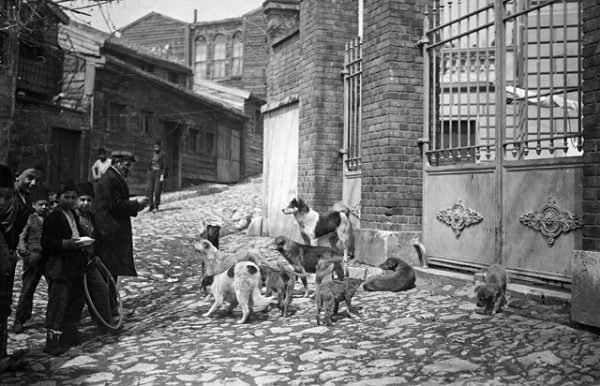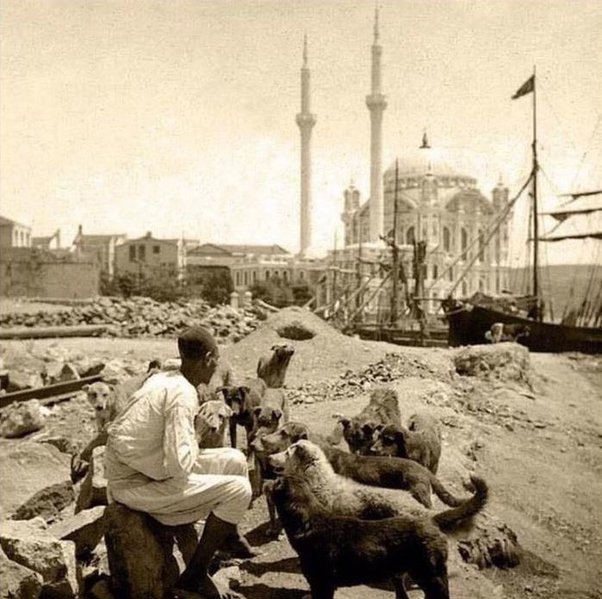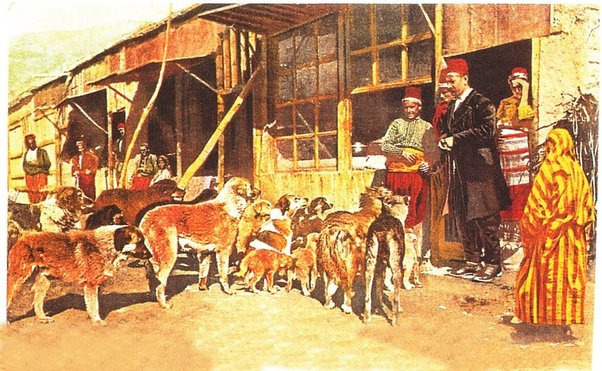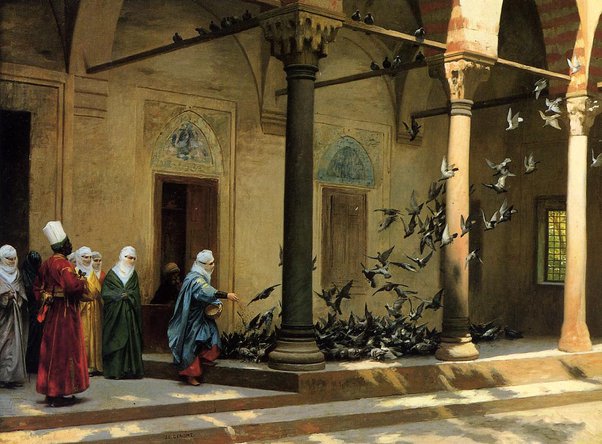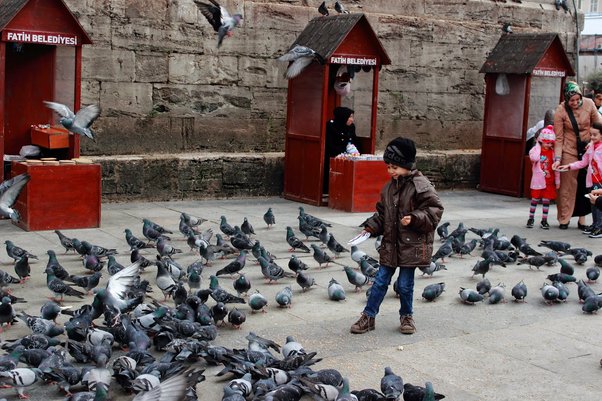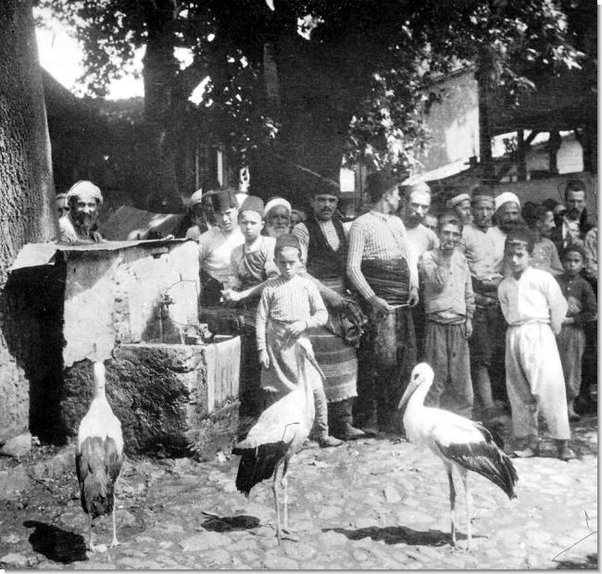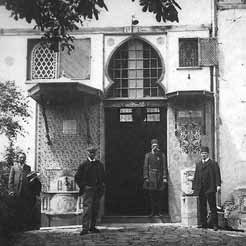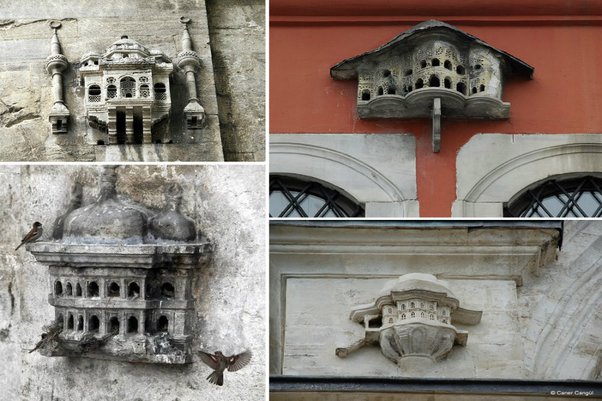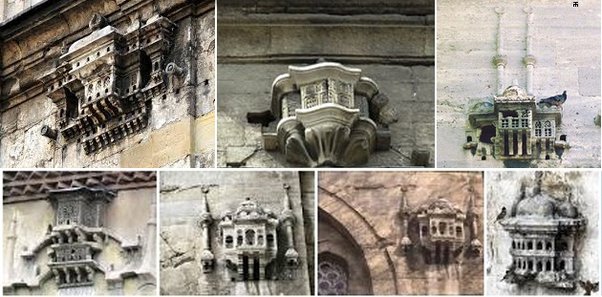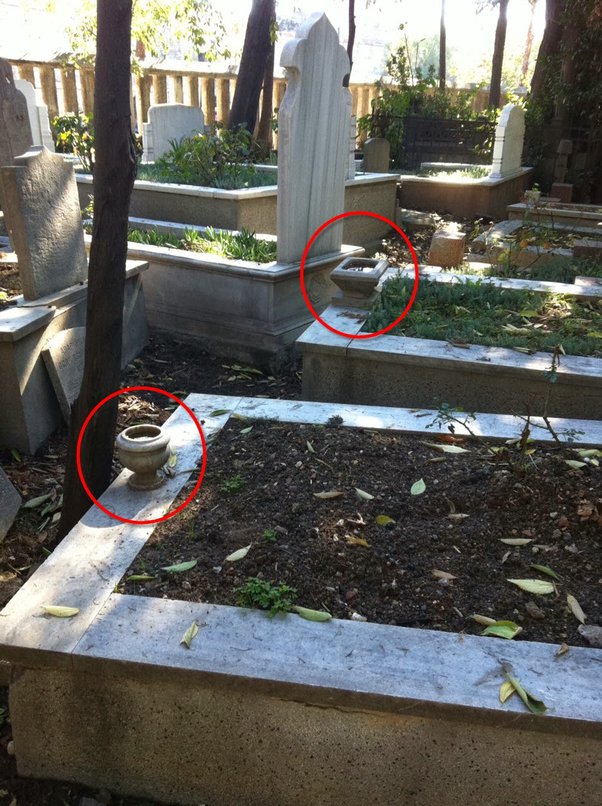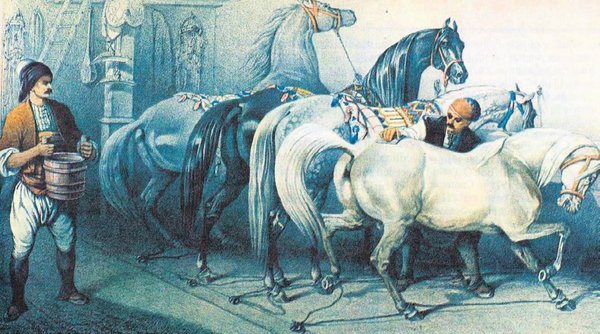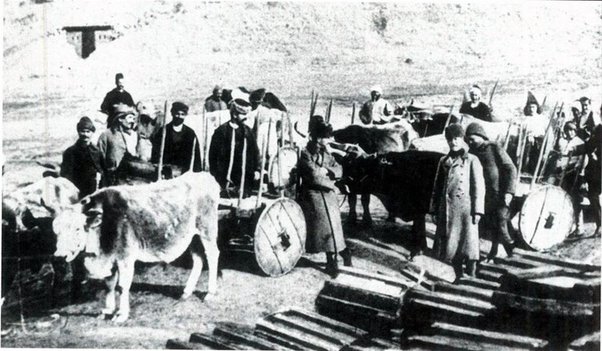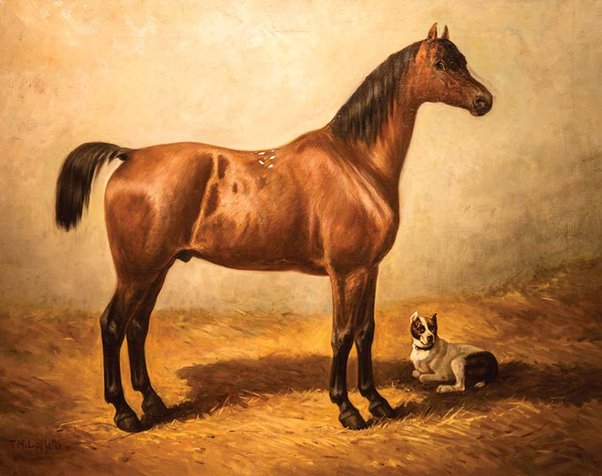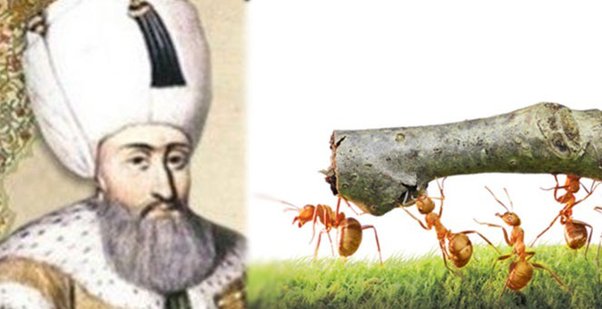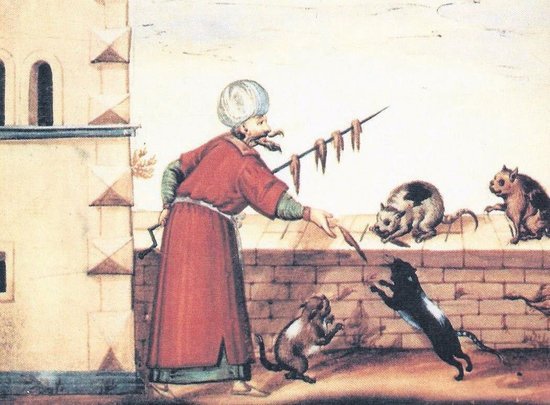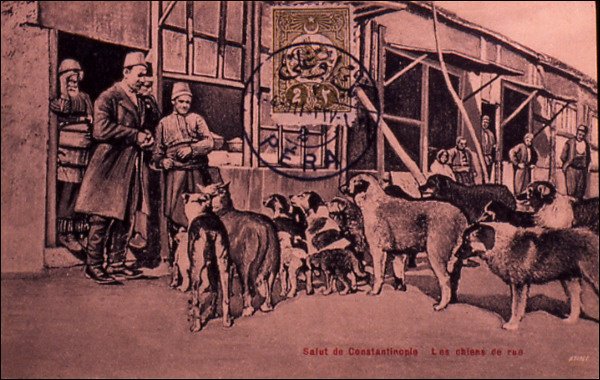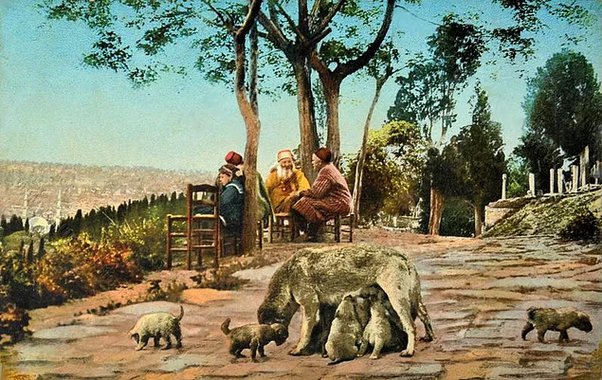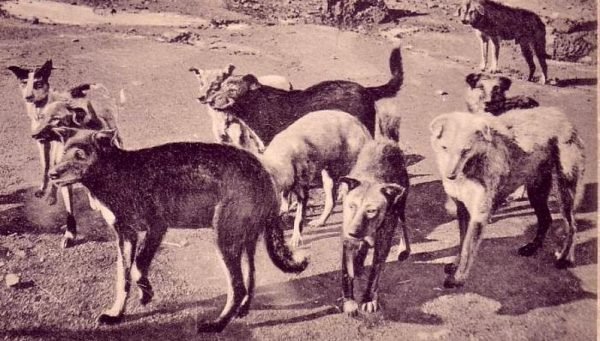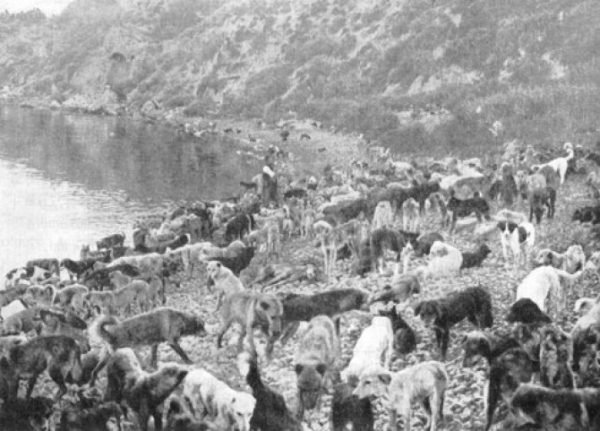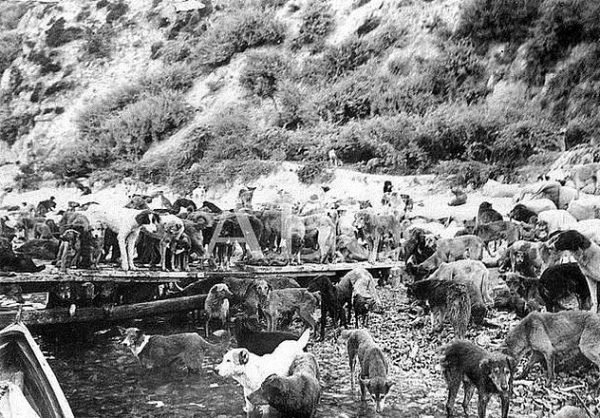How do Greeks, Turks and Armenians feel about each other’s countries?
I feel sad. Deeply sad.
We could be a great! A united superpower, if we had stood together and haven’t killed each other in hundreds of thousands.
Yes Ottomans mistreated Armenians, mistreated Greeks but they certainly mistreated Turks too.
In the end it was Turkish Kemalists who pulled the rug under the Ottoman Sultanate, It was us who destroyed the caliphate. We finished the work which we all Greeks, Armenians and Turks started together in the first place. I am talking about the Young Turk movement.
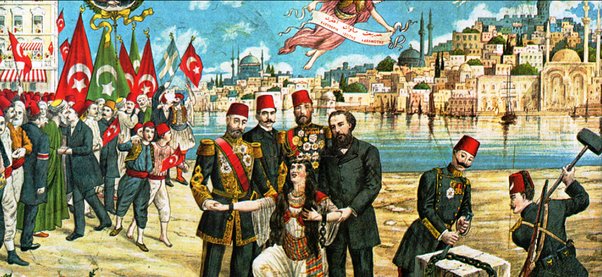
Yes we forced the first constitution together. Here Turkish, Greek and Armenian leaders signing.
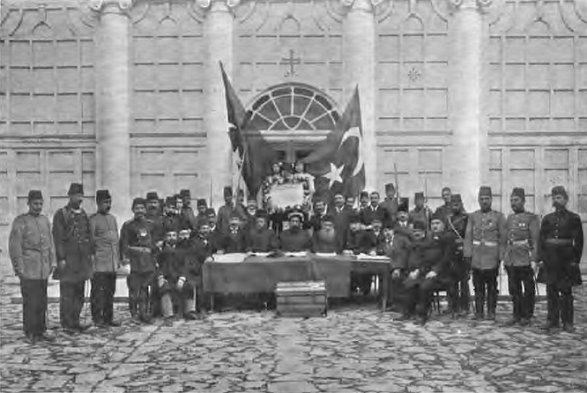
Our great endeavor was hijacked and sabotaged. Minorities sought their own independent small and weak countries. Organizations got corrupted, people sought personal glory. We were led to slaughter each other by the imperialistic powers.
Even after such brutality, all of us Greek, Armenian and Turk we still miss our collective songs, cuisine, our neighborhood. When outside in a mixed nationality Turks and Greeks always find each other. Its always the Greek guy who laughs when the other stare confused by the lame ass naughty joke the Turk makes.
Greeks were the great intellectuals and traders, Armenians were the great craftsman and artisans, Turks were the farmers, herders, great soldiers.
Divide and Conquer was at its best.
Today we would have none of the worries, State would be much more secular with strong and healthy non-Muslim population. We would have no conflict in the Mediterranean. Caucasian region would be secure. None of the tragedies would have happened.
Here is a song which the lyrics are adopted by Bülent Ecevit. Here the songs goes like
Sıla derdine düşünce anlarsın (When you get home sick you understand)
Yunanlıyla kardeş olduğunu (You are brothers with the Greek)
Bir rum şarkısı duyunca gör (When you hear a Greek song, You will see )
Gurbet elde İstanbul çocuğunu (A fellow child of Istanbul, alone in a foreign land)Türkçenin ferah gönlünce küfretmişiz (We swore in open hearted Turkish)
Olmuşuz kanlı bıçaklı (We feuded)
Yine de bir sevgidir içimizde (But its love that is in our hearts)
Böyle barış günlerinde saklı (It surfaces in times of peace)Bir soyun kanı olmasın varsın (Let a clan not be about blood)
Damarlarımızda akan kan (The blood that is running through our veins)
İçimizde şu deli rüzgâr (The crazy wind blows inside)
Bir havadan (İs of the same air)Bu yağmurla cömert (Generous is the rain)
Bu güneşle sıcak (Warm is the sun)
Gönlümüzden bahar dolusu kopan (Our hearts full of springs)
İyilikler kucak kucak (Goodness is aplenty)Bu sudan bu tattandır ikimizde de günah (From this water, from this taste is the sin for both of us)
Bütün içkiler gibi zararı kadar leziz (Tasty as sin, as all the harms of drinks)
Bir iklimin meyvasından sızdırılmış (Distilled from the same fruit of this climate),
Bir içkidir kötülüklerimiz (Our evils are one drinks)Aramızda bir mavi büyü (A blue magic between us)
Bir sıcak deniz (A warm and gentle sea)
Kıyılarında birbirinden güzel (With coasts as beautiful as any)
İki milletiz (We are two peoples)Bizimle dirilecek bir gün (One day together we will resurrect)
Ege’nin altın çağı (The golden age of the Aegean)
Yanıp yarının ateşinden (Tomorrow the new fire will burn)
Eskinin ocağı (The old oven)Önce bir kahkaha çalınır kulağına (First you will hear a familiar laughter)
Sonra rum şiveli türkçeler (They you will hear Turkish in Greek accent)
O Boğaz’dan söz eder (He or She speaks about the Bosphorus)
Sen rakıyı hatırlarsın (And you remember the Rakı)Yunanlıyla kardeş olduğunu (You remember you are Brothers with the Greek)
Sıla derdine düşünce anlarsın (When you get homesick)

